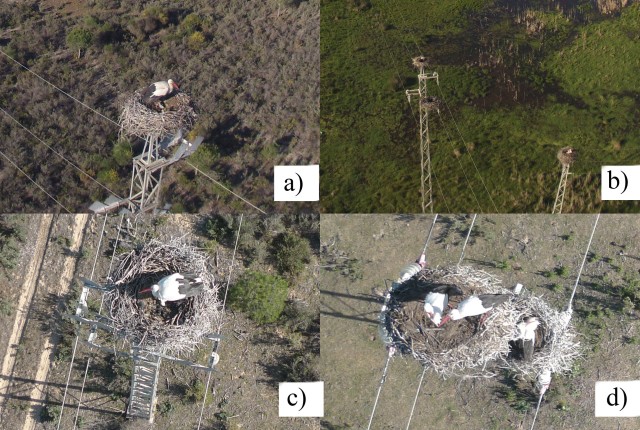A team led by the Spanish National Research Council (CSIC) has used fixed-wing UAS in Spain with the aim of assessing their capabilities for assessing electrocution risk for birds.
The factors that condition the hazard have been extensively studied. They are mostly related to the pylon designs, and currently there are a variety of technical solutions available to mitigate the risk. Most of the resources in biological conservation projects to reduce avian mortality now are invested in fieldwork to monitor the lines, which diverts the resources available to install actual corrective measures to mitigate bird hazard.
Little progress has been achieved in the methodology to characterize line risk, which is an expensive, tedious, and time-consuming task. This work describes the use of low cost Small Unmanned Aircraft Systems (sUAS) for this purpose.
The CSIC team performed the experiments in Doñana National Park (Andalusia, Spain) with small electric aircraft (less than 2m wingspan) equipped with on-board cameras that require only a small area for takeoff and landing, which enables immediate deployment for a fast power line surveillance. Their cost is low and their operation is simple, allowing researchers and conservation agencies to incorporate them immediately.
The paper describes the characterization of four power lines, the geo-reference of every pylon in selected portions, and the assessing of their hazard for birds. The researchers compare the effectiveness of two variants of the sUAS method for data acquisition and two methods of plane control. This work provides evidence of the usefulness of sUAS as a fast, inexpensive, and practical tool in conservation biology, adding to their already known applications in wildlife monitoring, the environmental impact assessment of infrastructures.
The work was supported by the Junta de Andalucía through AEROMAB excellence project (P07- RNM- 03246) and by the European Commission through the PLANET project (EC FP 7th Grant Agreement 257649).
The full paper is available here.
Source: Press Release


